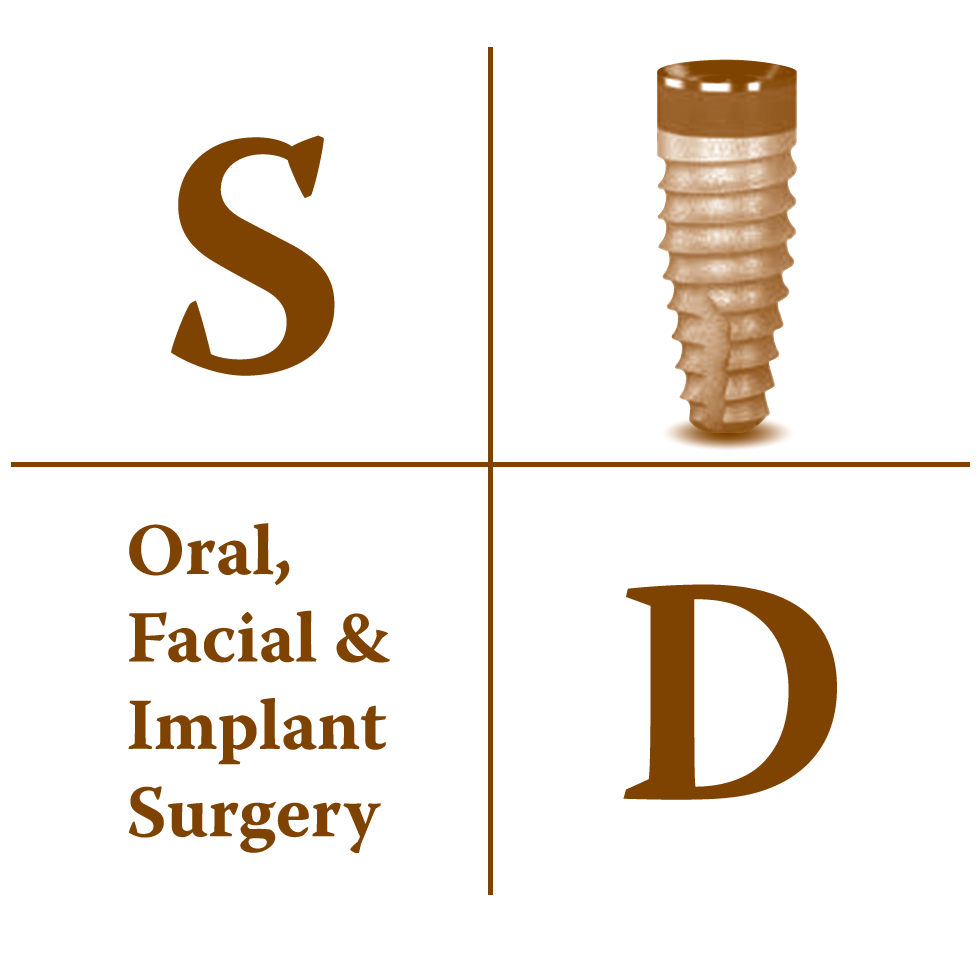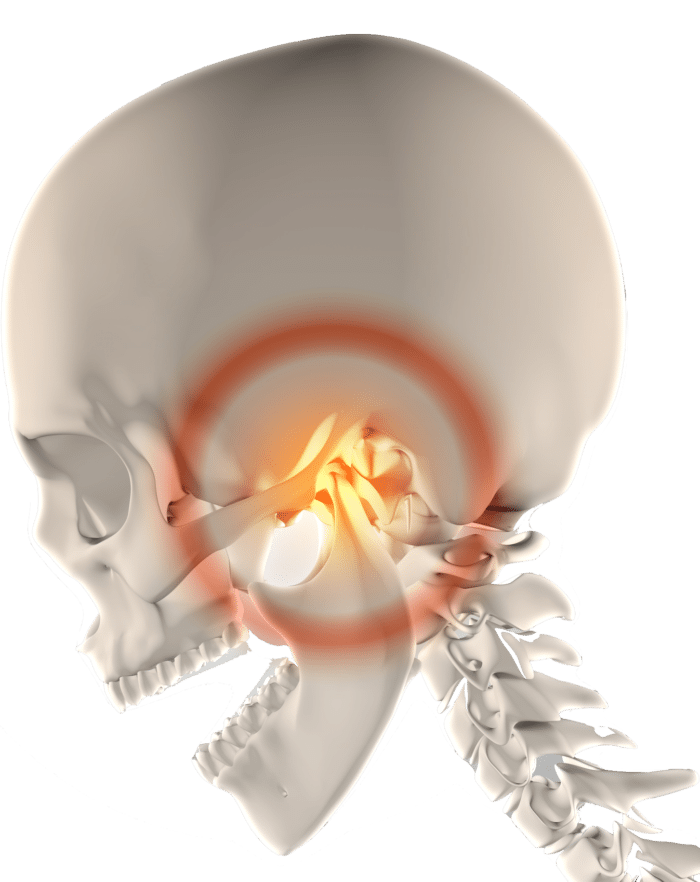Temporomandibular Joint (TMJ) Disorder
What is the temporomandibular joint?
The temporomandibular joints (TMJ) are the joints connecting the lower jawbone to the skull. This joint is unique in that it is a bilateral joint (left and right sides of the jaw) that functions as one single unit. The TMJ functions like a sliding hinge, allowing you to open and close your mouth during eating, speaking, and breathing. The complex anatomy of the TMJ includes the bones of the lower jaw (mandible) and skull, the cartilage disk located between these bones, and the muscles involved in movement of the jaw.
What are temporomandibular joint disorders?
Temporomandibular joint disorders (TMD) are a family of conditions related to the TMJ. Although most TMD’s are asymptomatic and do not require treatment, when symptomatic they can cause a significant effect on the quality of life. TMD can be broadly categorized into intra-articular conditions and muscle disorders.
Intra-articular conditions occur as a result of dysfunction within the joint and are related to the bones, cartilage, and fluid within the joint (synovial fluid). Conditions involving the cartilage are often due to disk displacement, in which the cartilaginous disk that functions as a cushion between the jaw bone and the skull slips out of position. Conditions involving the bone are often degenerative in nature and include different forms of arthritis. Muscular disorders include myalgias (muscle pain), muscle spasms, and contractures.
What causes TMD?
Many factors play a role in the development of TMD including genetic, biologic, environmental, social, emotional, and cognitive triggers.
External causes of TMD are most often related to excessive loading of the joint. These factors include clenching, grinding, nail biting, diet, posture and other parafunctional habits. Systemic causes of TMD can be related to several conditions such as rheumatoid arthritis and hormonal imbalances.
The multifactorial nature of TMD can make it difficult to pinpoint a single cause for an individual’s symptoms.
How do you diagnose TMD?
The most important step resolution of TMD is accurate diagnosis of the condition. The etiology of TMD can be difficult to diagnose because several different unrelated conditions can manifest with similar or identical symptoms. Some examples of these conditions include migraines and other headache disorders, trigeminal neuralgia and other neurological conditions, referred pain, and cervical pain.
The diagnosis (or exclusion) of TMD is made by a thorough clinical and radiographic examination by your surgeon. At SD Oral, Facial, and Implant Surgery our surgeons are extensively trained in the diagnosis and treatment of TMD.
Do I have TMD that requires treatment?
TMD is exceptionally common, but does not require treatment unless it becomes symptomatic. In fact, approximately 30% of people complain of painless clicking or popping sounds when opening and closing their mouth, and 90% of these people never progress to develop worsening symptoms requiring treatment.
In cases where TMD does become painful and symptomatic, however, it is extremely debilitating and can greatly interfere with everyday life. You may be suffering from TMD that will benefit from treatment if you are experiencing:
Jaw pain when opening/closing your mouth or yawning
Jaw pain when chewing, biting, or tearing food
Painful clicking, popping, or grinding noises when opening/closing your mouth
Grinding or clenching of your teeth throughout the day
Muscle spasms
Waking up in the morning with sore and stiff jaw muscles
Waking up in the morning with a headache
Locking jaw
Limited jaw opening
Facial pain
Neck pain
Fullness in the ear
Ringing in the ear (tinnitus)
What does treatment of TMD involve?
The goals of treatment for TMD are reduction of pain, improvement of range of motion of the jaw including amount of jaw opening, and improvement of speech and diet tolerance. Treatment choice is based on the specific diagnosis made by your surgeon. In many cases, the pain and discomfort associated with TMD is temporary and can be relieved with conservative nonsurgical or minimally invasive treatments. Surgical intervention is typically reserved for severe cases where conservative treatment has failed.


